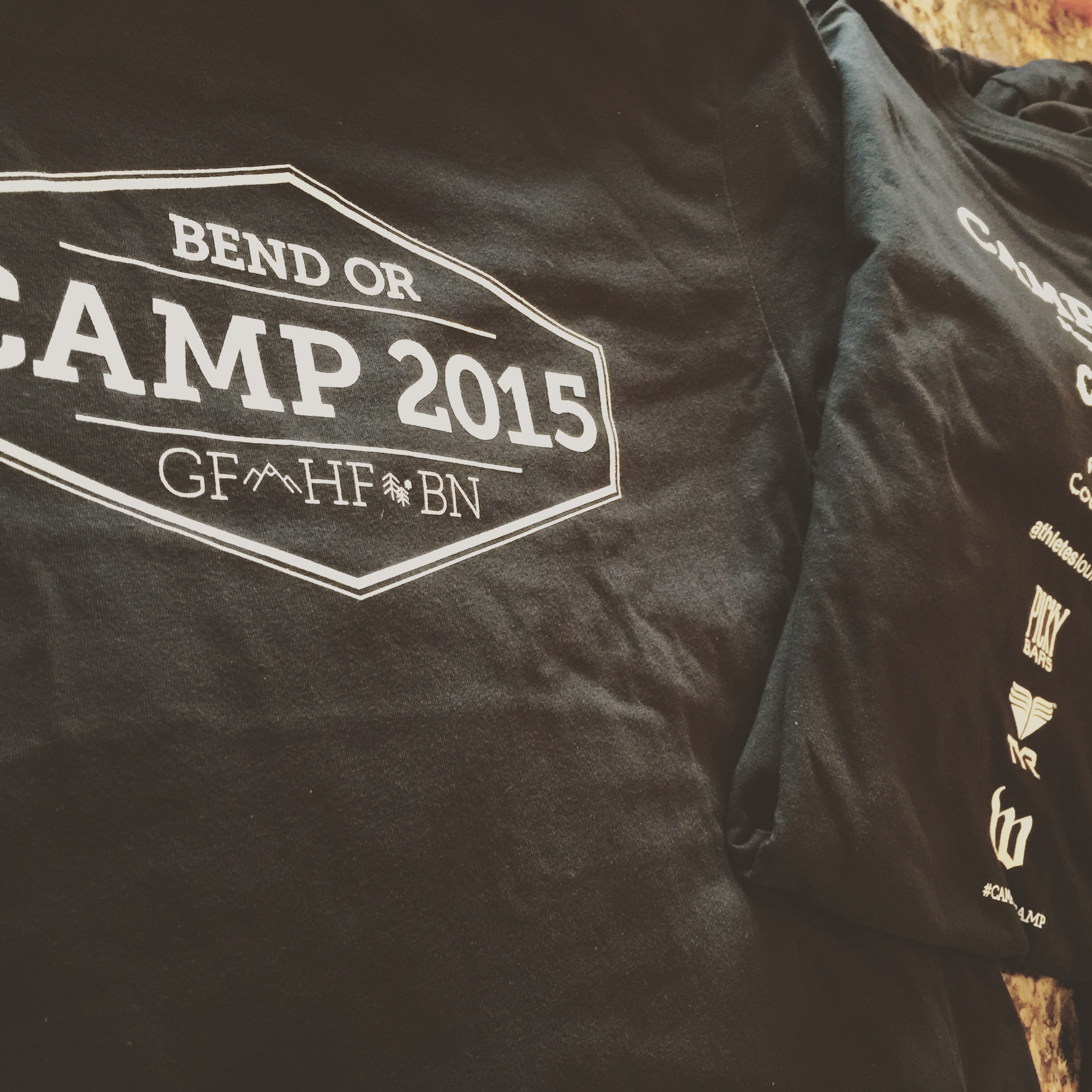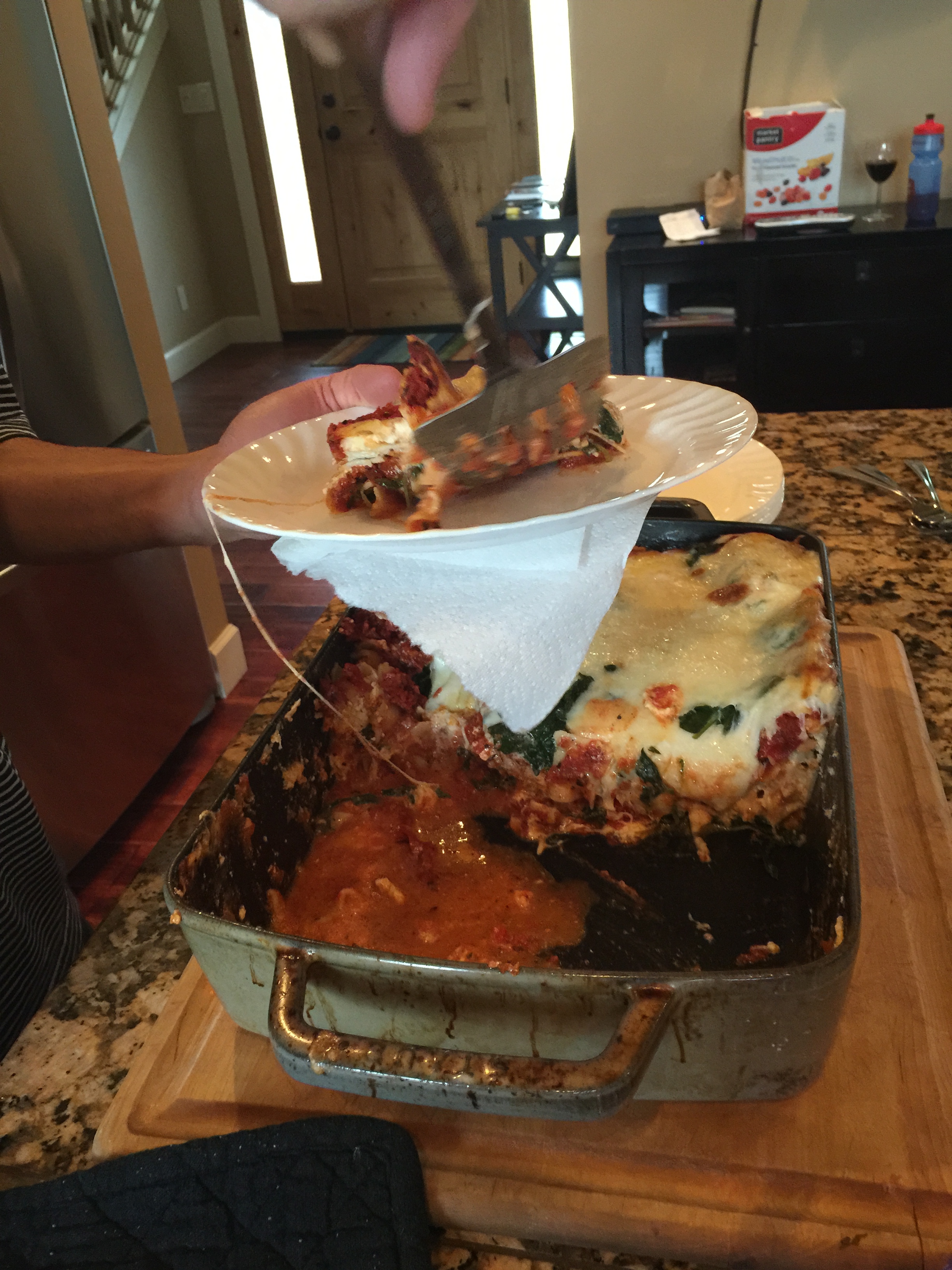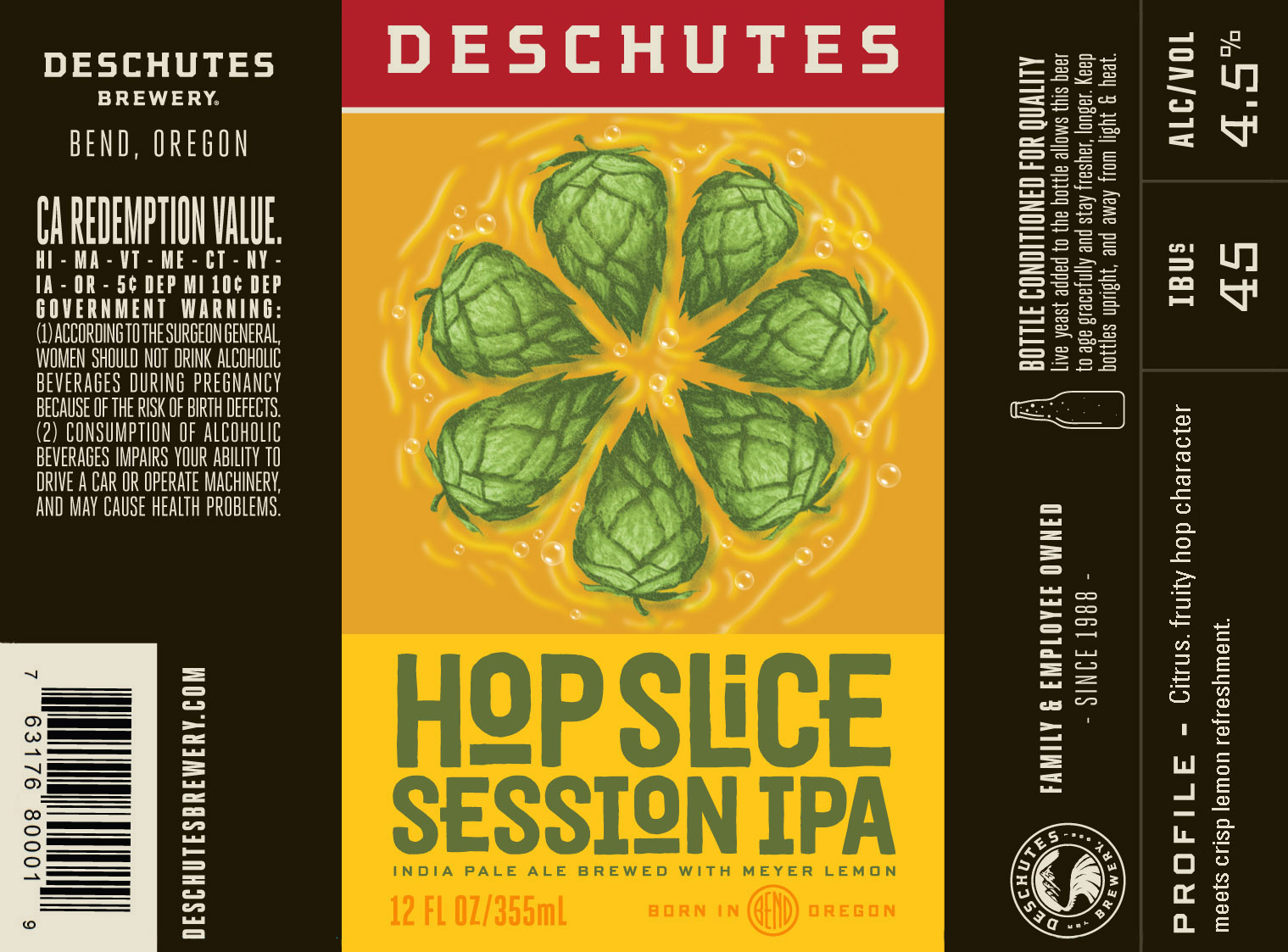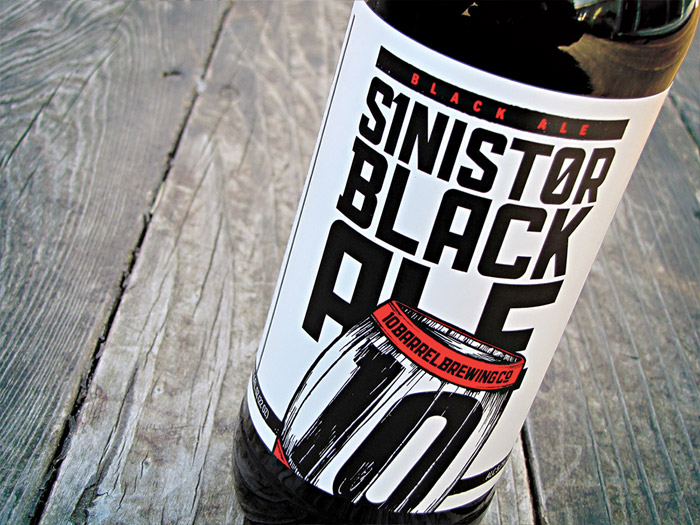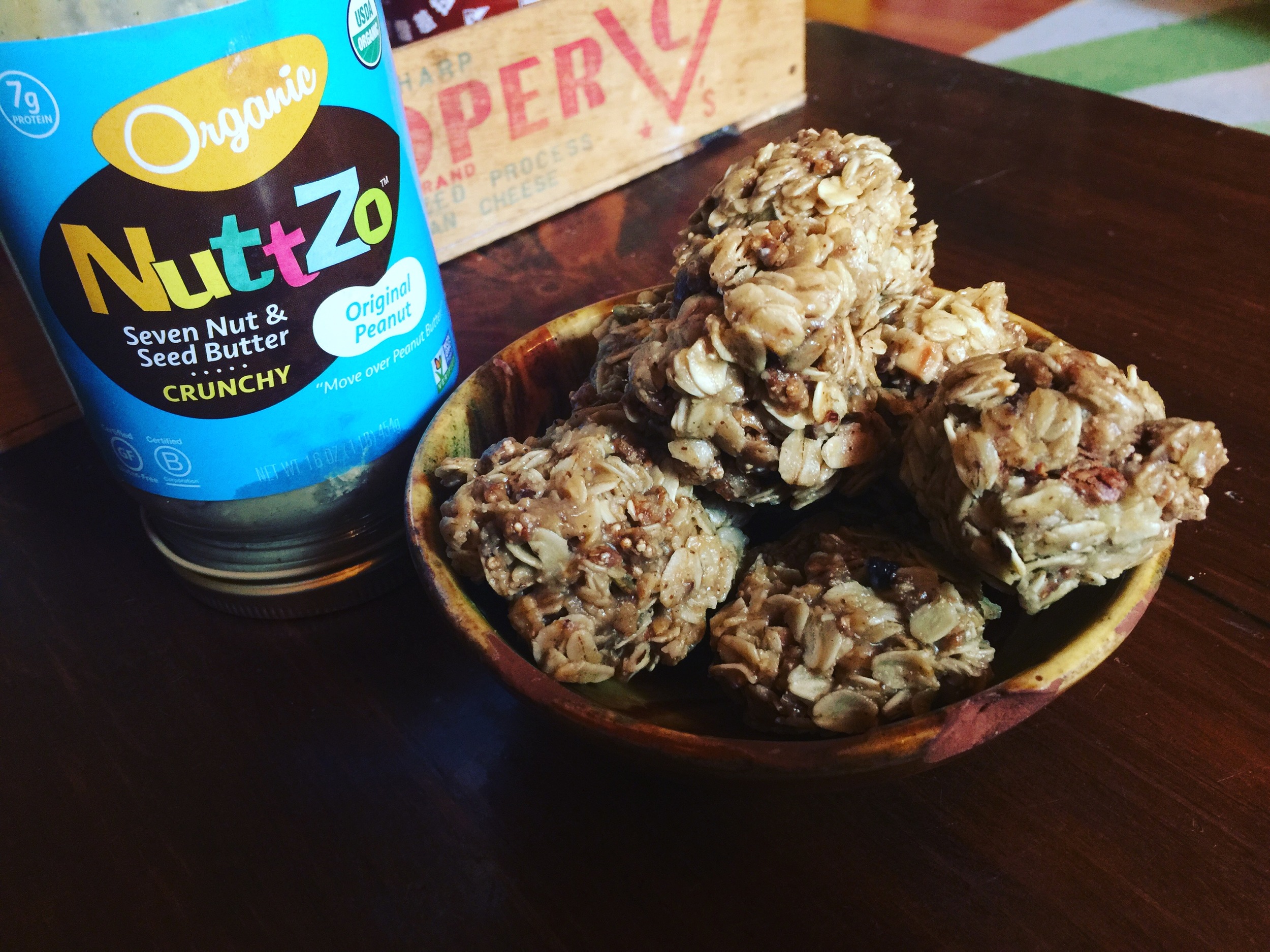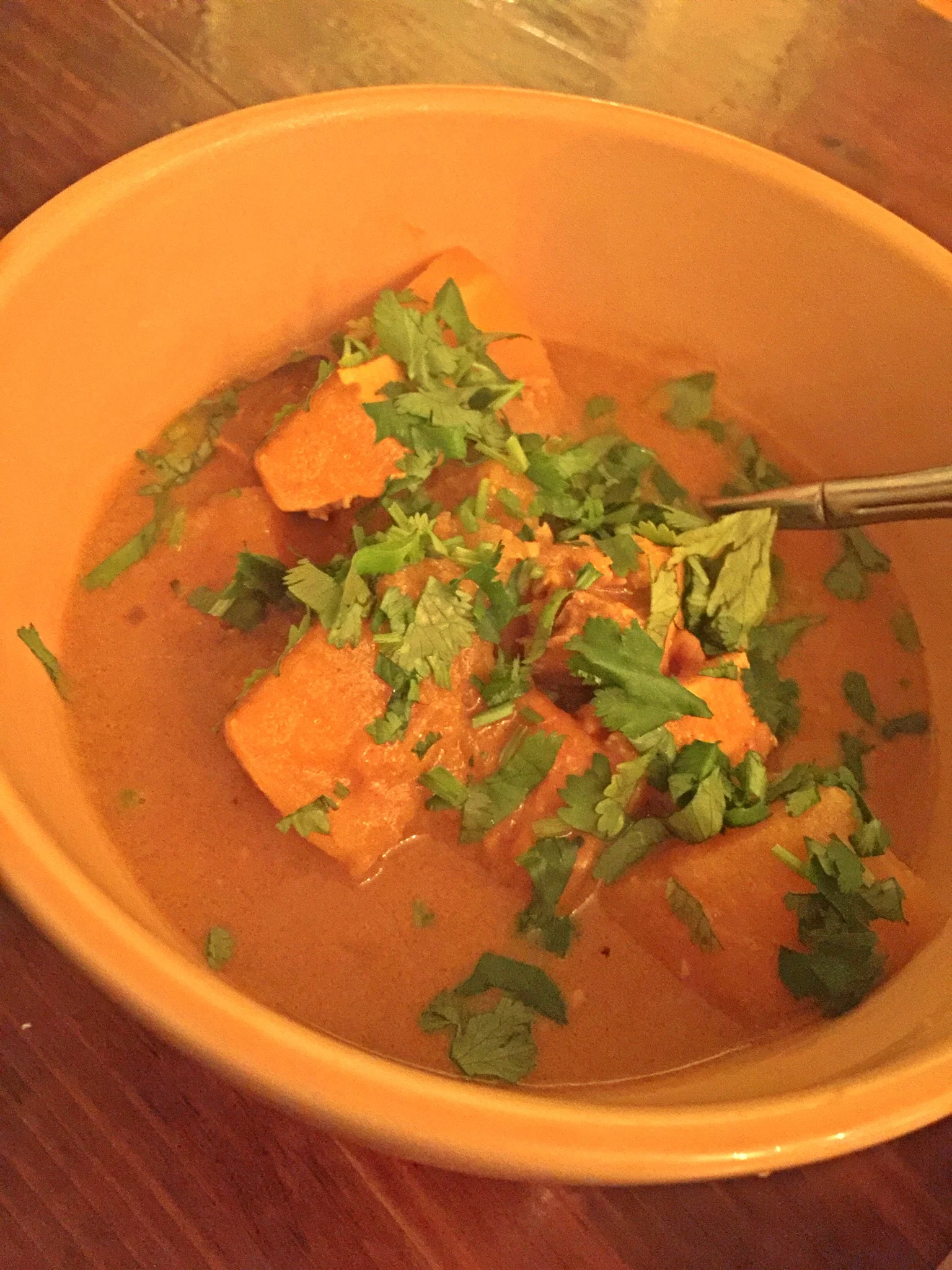Camp is almost exactly seven weeks away! How did that happen? Regardless, we've still been working steadily to make the experience awesome, and here are some highlights.
Beer Pairings!
Two local breweries, Deschutes Brewery and 10-Barrel Brewing, have offered to pair their beer with five nights of food at camp! Here's what you'll be sampling along with our trademark amazing food:
- Friday, May 27th Carnitas Tacos and Vegetarian Tamales with Deschutes Brewery Hop Slice Session IPA
- Saturday, May 28th Coconut Pumpkin Curry and Deschutes Brewery Black Butte Porter
- Sunday, May 29th Pork Belly (and meat-free) Gluten Free Macaroni and Cheese with 10-Barrel Sinistor Black Ale
- Wednesday, June 1st Roast Chicken with Beets and Sweets and Deschutes Brewery Mirror Pond Pale Ale
- Thursday, June 2 Pork Green Chili with 10-Barrel Joe IPA
Ride With GPS
All joking aside, someone does usually make a wrong turn at some point during camp. We haven't lost anyone yet, but this year we're taking things a step further. Ride With GPS, a Portland-based route-planning company, is offering everyone at our camp a premium membership for the month, through their club option. You'll be able to download routes ahead of time to your bike computer, watch, or phone, and navigate no matter if you have cellular service or not!
Powerbar is back! Nuttzo Nut Butters, and TYR Sport Join as Sponsors
I'm very pleased that Powerbar is returning as nutrition sponsor. We'll be well-outfitted with bars and gels all weekend long. Nuttzo Nut Butters, an awesome and conscientious company, will be providing every single participant with a 16-oz jar of their incredible product. We'll be using it in some of our dishes, too, so you'll get to see it in action. Finally, TYR Sport is providing a set of Mentor Hand Paddles for everyone at camp.
Not yet registered for camp? We'd love to have you. There are 5-day and 10-day options, and you can register here, via Athletepath.


